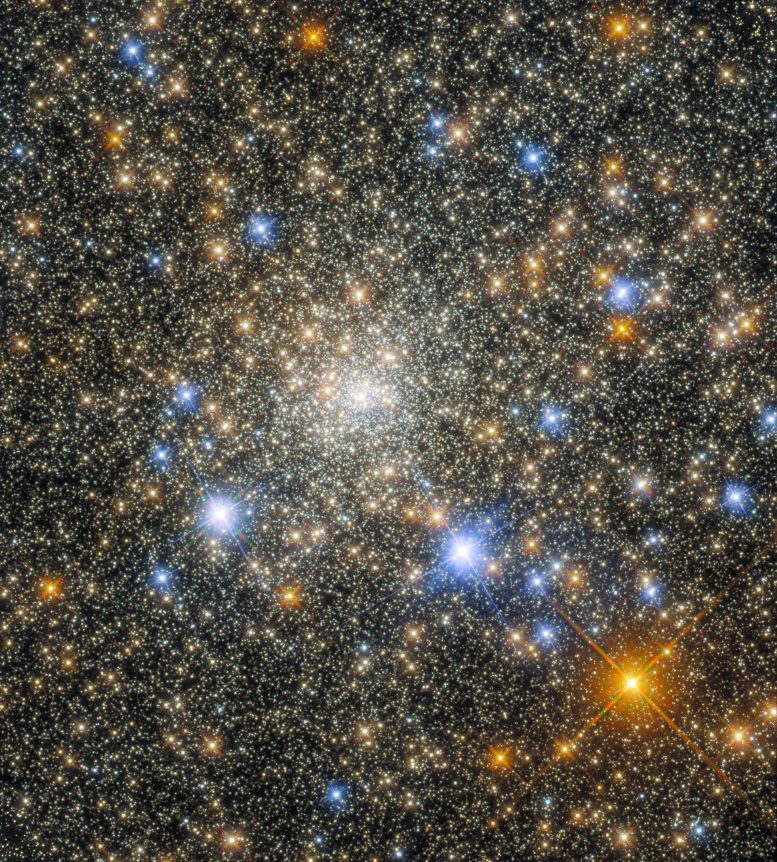
Hubble Space Telescope observation of the globular cluster Terzan 2 in the constellation Scorpio. Credit: ESA/Hubble & NASA, R. Cohen
This observation from the NASA/ESA Hubble Space Telescope features the globular cluster Terzan 2 in the constellation Scorpio. Found in a wide variety of galaxies, globular clusters are stable, tightly gravitationally bound clusters of tens of thousands to millions of stars. This intense gravitational attraction between the closely packed stars is what gives globular clusters a consistent, spherical shape. As a result, images of the hearts of globular clusters, as seen in this observation of Terzan 2, are crowded with a multitude of glittering stars.
Scorpius is one of the Zodiac’s twelve constellations. These 12 patterns, considered to be among the oldest recognized by human civilizations, were of particular significance to ancient cultures such as the Babylonians because, as Babylonian astronomers noticed, they mark the path through which our Sun, moon, and planets appear to travel over the course of a year. Scorpius’ stars trace out the spine of the Scorpion (or, according to Chinese legend, a dragon), making it the most faithfully portrayed constellation in the sky.
Hubble used both its Advanced Camera for Surveys and its Wide Field Camera 3 in this observation, taking advantage of the complementary capabilities of these instruments. Despite having only one primary mirror, Hubble’s design allows multiple instruments to be used to inspect astronomical objects. Light from distant astronomical objects enters Hubble and is collected by the telescope’s 2.4-meter primary mirror; it is then reflected off the secondary mirror into the depths of the telescope, where smaller mirrors can direct light into individual instruments.
Each of the four operational instruments on Hubble is a masterpiece of astronomical engineering in its own right, and contains an intricate array of mirrors and other optical elements to remove any aberrations or optical imperfections from observations, as well as filters that allow astronomers to observe specific wavelength ranges. The mirrors inside each instrument also correct for the slight imperfection of Hubble’s primary mirror. The end result is a crystal-clear observation, such as this glittering portrait of Terzan 2.

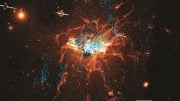
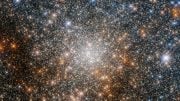

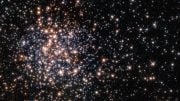

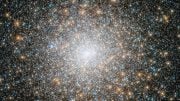
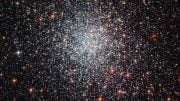
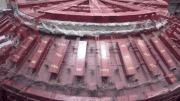
Be the first to comment on "Hubble Portrait of a Globular Cluster: A Multitude of Glittering Stars"